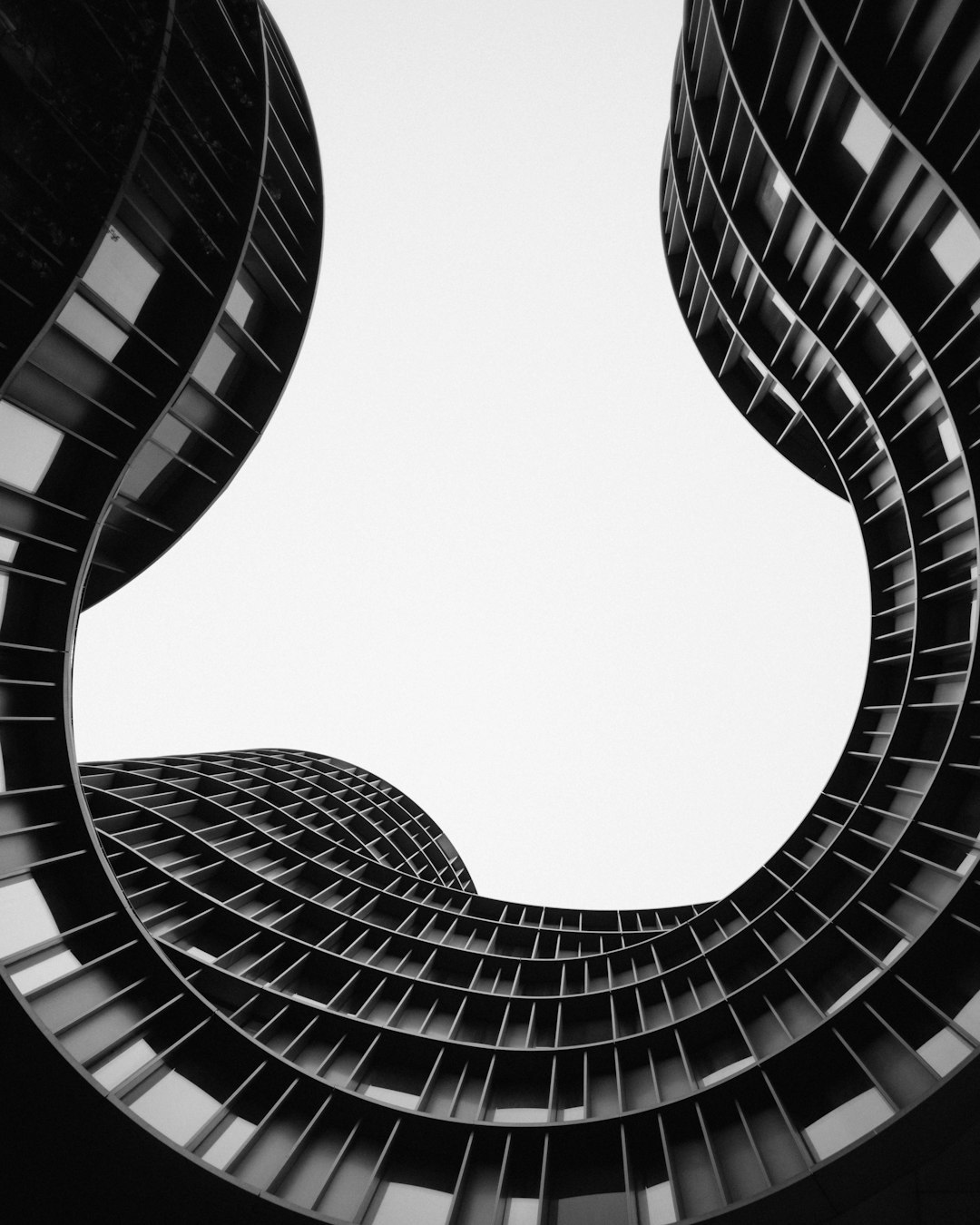
Monuments with Fascinating Histories: A Journey Through Time
## Introduction. Monuments serve as silent witnesses to the passage of time, representing the art, culture, and history of societies. Each monument tells a story, revealing the values, beliefs, and triumphs of those who came before us. From the majestic pyramids of Egypt to the enigmatic Stonehenge, these structures do not just stand as architectural wonders, but are also repositories of fascinating histories waiting to be explored. In this blog post, we will dive into some of the most captivating monuments around the world, uncovering the tales that still resonate even centuries or millennia later. ## The Great Wall of China: A Guardian of Legacy. Stretching over 13,000 miles, the Great Wall of China is emblematic of pride and resilience. Construction began in the 7th century BC and continued until the 16th century, primarily to protect Chinese states from invasions. Its fascinating history is marked by numerous dynasties, each contributing uniquely to its construction. More than just a fortification, the wall symbolizes the strength of the Chinese civilization and is peppered with stories of soldiers, workers, and the once-thriving trade routes it safeguarded. Visitors can traverse various sections of the wall, from the popular Badaling to the less-traveled Jinshanling, witnessing the grand design and steep history as they walk among its stones. ## The Pyramids of Giza: Eternal Enigmas. The Pyramids of Giza, particularly the Great Pyramid, are among the last surviving wonders of the ancient world. Built as tombs for pharaohs, these monumental structures reveal much about the beliefs and practices of ancient Egyptians. The construction techniques remain a topic of debate even today, with theories ranging from the use of ramps to innovative labor practices involving skilled workers rather than slaves. The Great Pyramid, originally surrounded by a complex of mortuary temples, illustrates the Egyptians' sophisticated understanding of architecture and astronomy, with its alignment to the north star. Visiting these awe-inspiring pyramids offers an opportunity to ponder the mysteries of ancient civilizations and the lives of their leaders. ## Stonehenge: The Celestial Calendar. Located on the Salisbury Plain of England, Stonehenge is a prehistoric monument that draws interest for its grandeur and the enigma surrounding its purpose. Dating back to around 3000 BC, its massive stone structure is not only a testament to Neolithic engineering but also thought to be an ancient astronomical observatory or a site for ceremonial gatherings. Various theories abound regarding its construction—some speculate that the stones were erected to signify seasonal changes, making it an important site for early agricultural societies. Walkers and visitors can feel the energy of Stonehenge, especially during solstices when the sun aligns perfectly with the stones, hinting at the advanced understanding of astronomy by its creators. ## The Colosseum: Rome's Grandeur. As one of Rome's most iconic symbols, the Colosseum tells tales of gladiators, emperors, and a society captivated by entertainment and conflict. Completed in AD 80, the Colosseum was once capable of seating over 50,000 spectators who flocked to watch dramatic spectacles, including gladiatorial contests, animal hunts, and even naval battles. The engineering marvel stands as a representation of the grandeur of the Roman Empire and its architectural ingenuity. Visitors can explore the arena's underground chambers and marvel at the elaborately designed seating arrangements, imagining the roaring crowds. The Colosseum’s wear and tear over the centuries narrate the story of a civilization that thrived through both prosperity and adversity. ## The Taj Mahal: A Love Story Etched in Marble. The Taj Mahal is not only an architectural beauty but also a poignant symbol of love. Built in the 17th century by Mughal Emperor Shah Jahan in memory of his wife Mumtaz Mahal, the white marble mausoleum reflects the artistic genius of Mughal architecture, blending Persian, Islamic, and Indian styles. Its elaborate gardens, intricate inlay work, and symmetrical layout evoke a sense of serenity that resonates with the story of eternal love. The Taj Mahal also serves as an example of the socio-political power of the Mughal dynasty during its peak. Visitors to this UNESCO World Heritage Site are often mesmerized by the changing colors of the marble as the sun rises and sets—a breathtaking performance reflecting the deep emotions associated with its history. ## Chichen Itza: The Remains of a Thriving Civilization. Chichen Itza, located in Mexico, stands as a testament to the majesty of the Mayan civilization. Once a bustling city, this archaeological site boasts remarkable structures, including the iconic El Castillo pyramid, which served as a temple to the god Kukulkan. The site highlights the Mayan's advanced understanding of mathematics and astronomy, as evidenced by the pyramid's alignment with the equinox. Visitors can immerse themselves in the rich cultural heritage represented by the ball court, observatory, and various temples, making it a place of historic significance. Chichen Itza encapsulates a narrative of innovation, spirituality, and the eventual decline of a once-great civilization. ## Conclusion. The world is dotted with monuments that possess rich and diverse histories, each worthy of exploration. From the fortresses that safeguarded ancient societies to the intricate tombs that echoed the love stories of rulers, these structures are legacies of human creativity, struggle, and resilience. Visiting these remarkable sites allows us to connect with the past, enhancing our understanding of cultural heritage and the multifaceted narratives that shape our world today. As the guardians of history, these monuments invite us not only to admire their grandeur but also to ponder the stories they have witnessed over the ages. .









